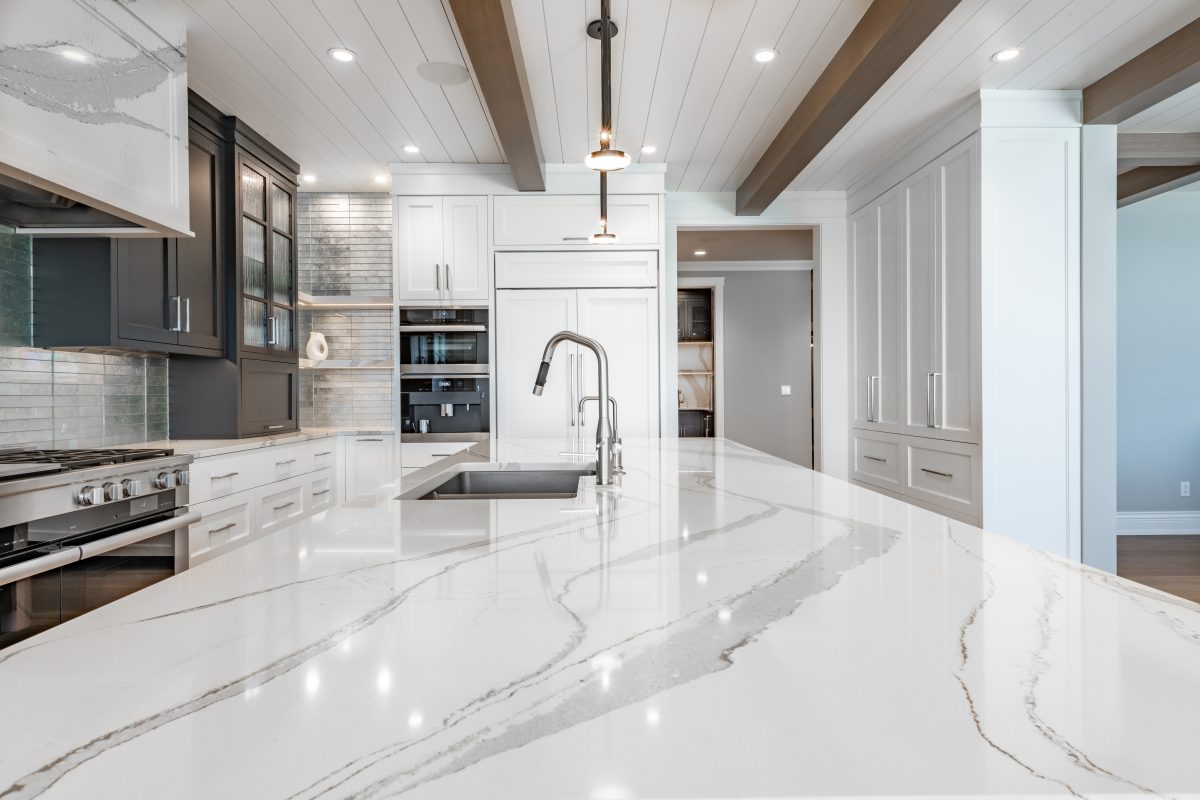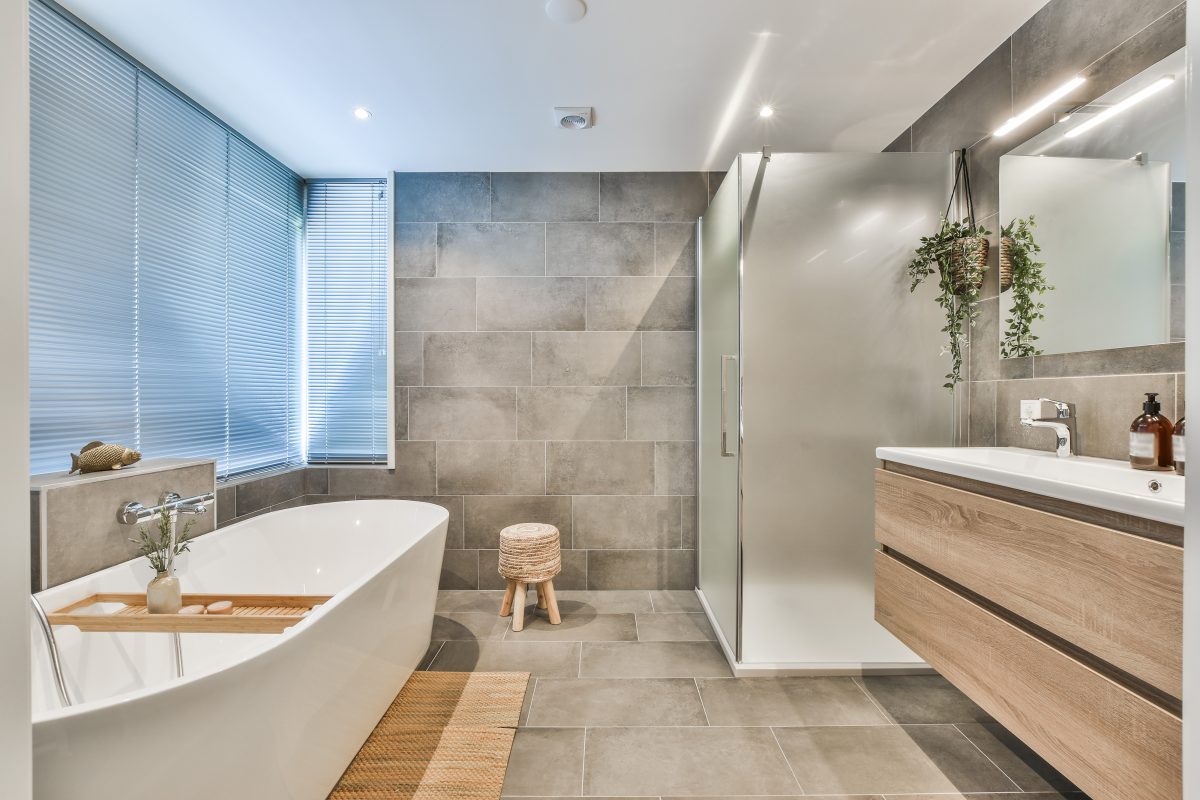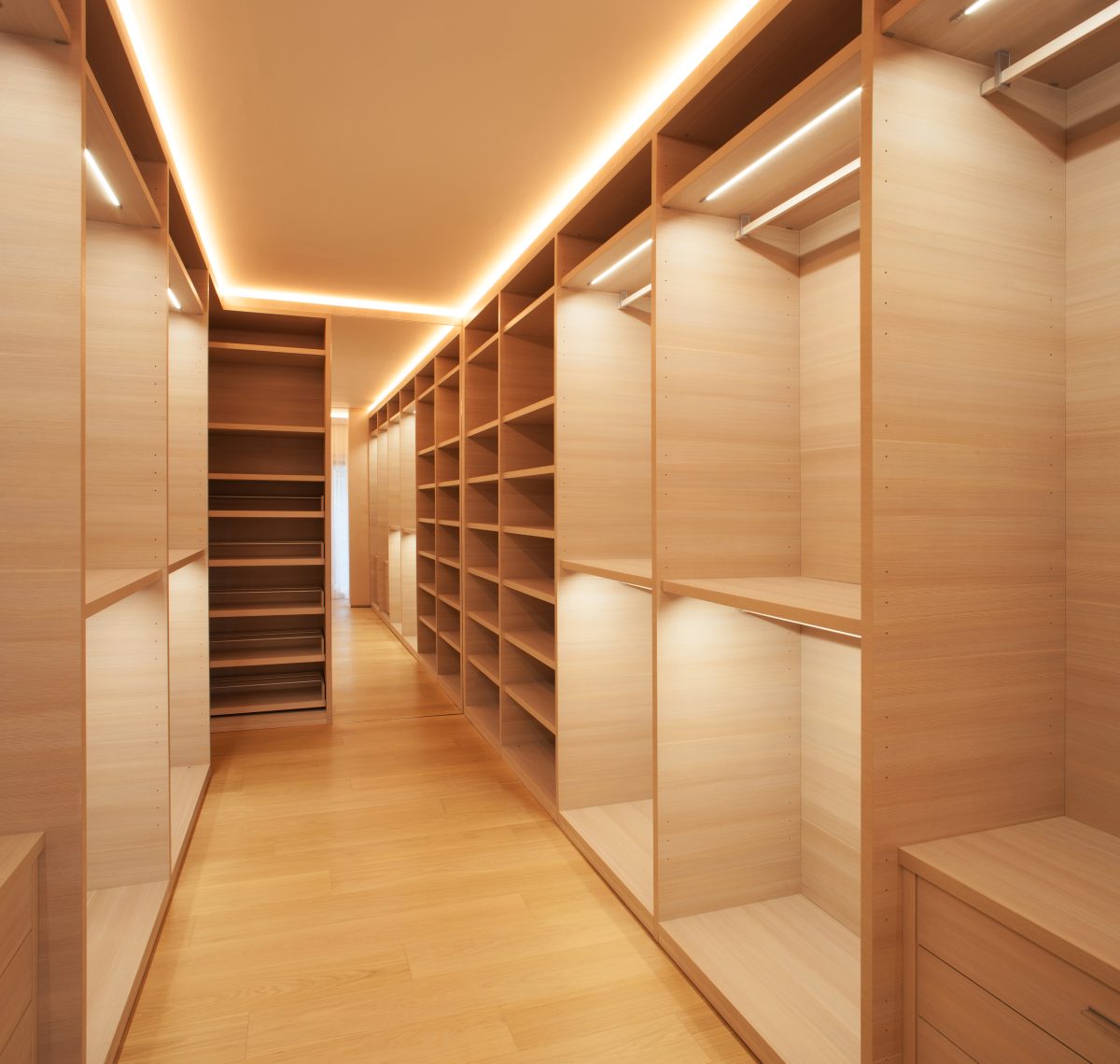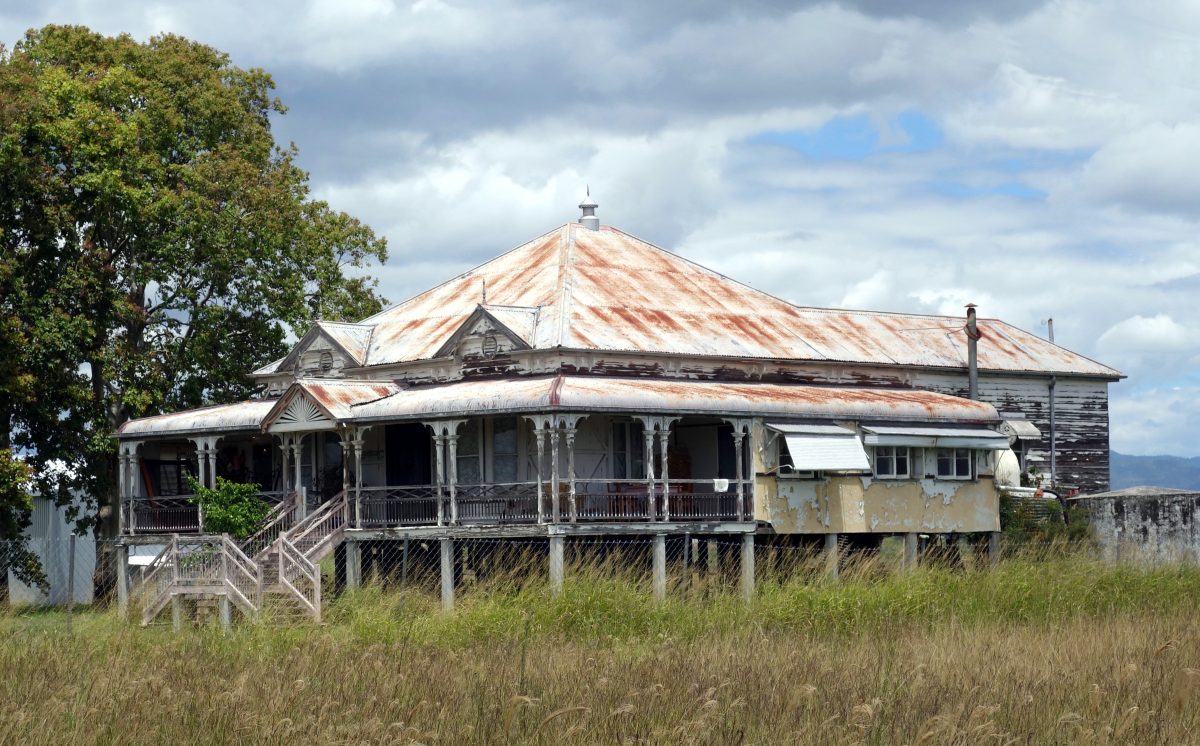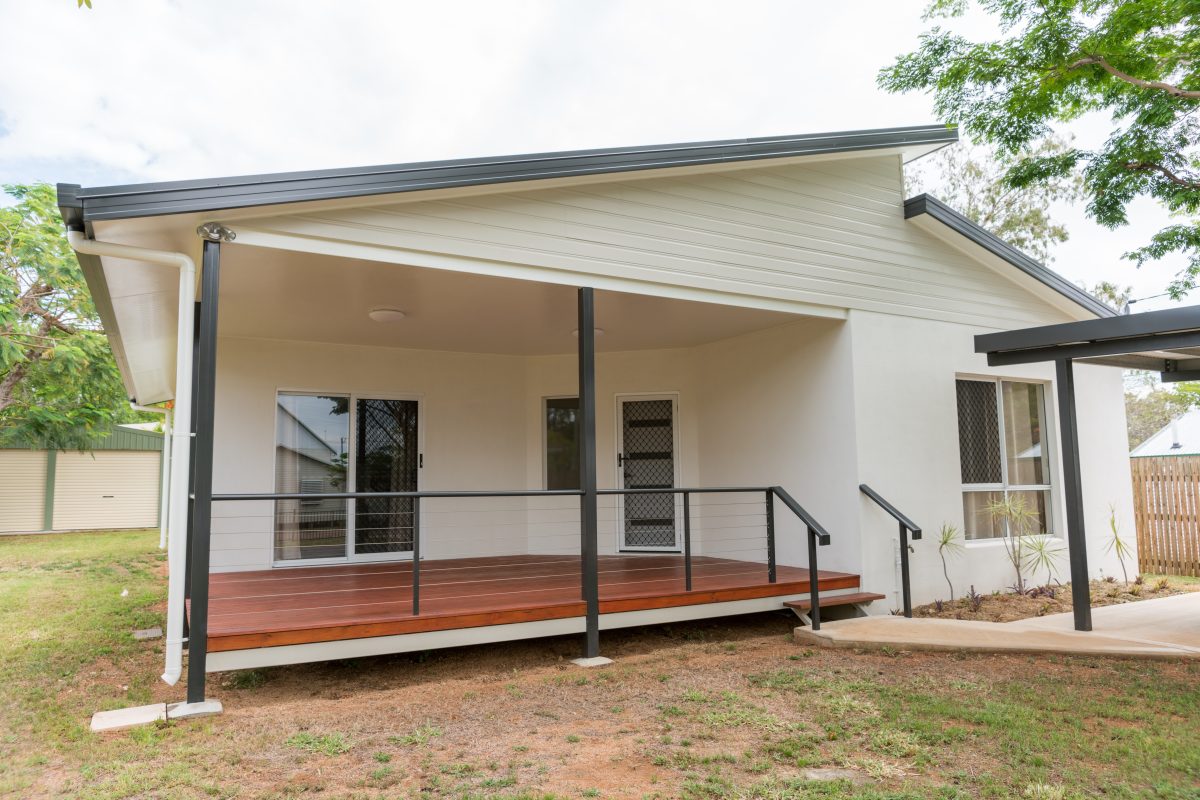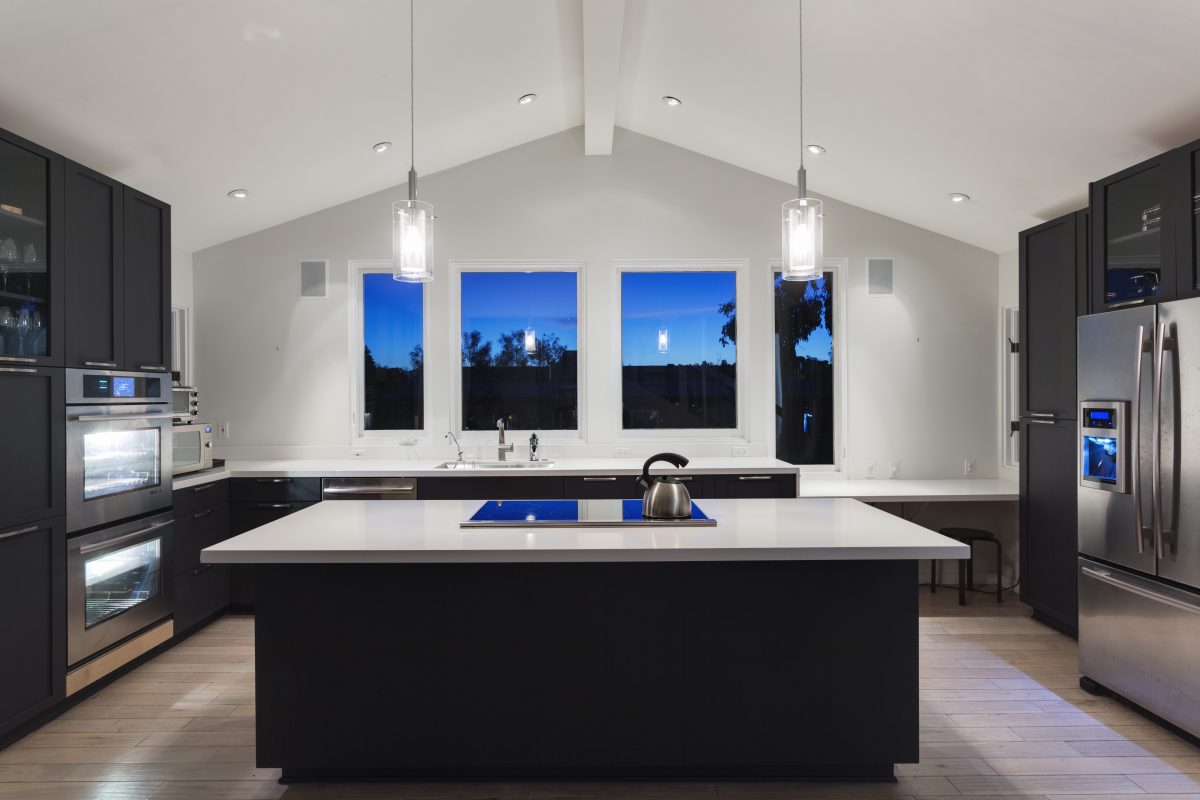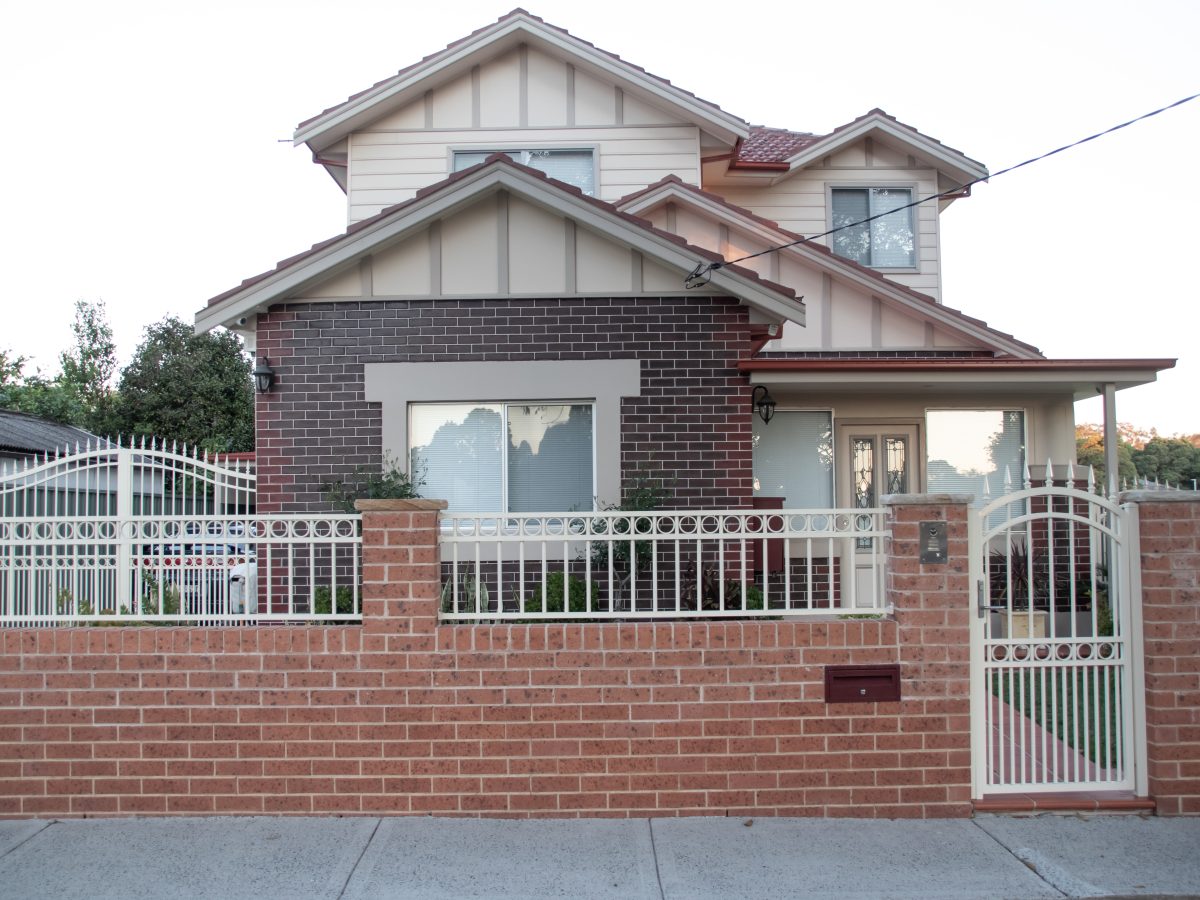Design Development
In some cases, depending on the site constraints, we may need to await the survey prior to getting too deep into the design. In others, during the time these tasks are being carried out we will make a start on extracting that idea you have and getting it onto paper. This is known as ‘developing the design’. The design will start take shape, you will have a better understanding of the ‘spaces’, measurements, movement paths, airflows, sun paths, where the local predominate wind, rain and sun come from and how they affect your design. As we design in 3 dimensions, we can place some furniture and fittings into the plan to aid your understanding the scale and how the design will generally look and feel. We will provide both 2D and 3D images and walk you through the initial design thoughts. Only once you are happy with the direction of the design, will we move to the next stage. It is important that the design is meeting your expectations, this is quite often your home, or your workplace. Whilst we provide advice and explanation regarding technicalities and design elements, it is ultimately your desires and visions we are trying to develop, we are the guides on the path to the destination.
Approvals
Once you are happy with the general design the plans now move through a detailing process whereby, they are prepared for submission to your local government authorities for either Development Approval or Building Approval depending on the project and if this is required. We will have received survey files, soil test results, wind speed assessments and basic engineering design. These elements are ‘applied’ to the design and checked for constraints, we need to ensure that the structural components either ‘fit’ within the design we have created, or amend the design to cater for the components. Occasionally, when requiring a Building Approval using a Certifier to lodge plans, they may ask for greater levels of detail and we may need to drift into the next stage a little to provide this. It makes no difference to the overall process; it just sometimes blurs the lines between the stages as listed here.
Working Drawings
Yes, who could have known there was such a long process behind a simple set of plans 😊.
Whilst the plans are with the relevant authorities during the approval period, we are diligently adding even further technical detail to prepare the plans for the construction phase. This involves ensuring the building will meet the necessary building codes and standards and that the engineering is finalised. Electrical and lighting plans are added. Your builder and contractors require these details to complete your project.
It is preferable, in some cases, to obtain the building approvals prior to completing working drawings. It maybe that we are awaiting confirmation for amendments to setback rules (how far your building must be from a boundary) or other miscellaneous council requirements that may be imposed upon your project. These decisions and or requirements can sometimes force an amendment to the overall design concept in order to gain building approval. We will discuss this with you on a case by case basis.
Specifications
Depending on your design service choices, we can work together to move beyond the standard set of plans and to add detailed specifications to the project. Many building designers leave this process to the builder. It involves selecting and specifying the actual materials, fittings and fixtures you wish to use on the project. For instance, a plan may show ‘weather boards’ on the exterior wall, however there are many different styles, sizes and finishes for ‘weatherboards’, alternatively it may be a ‘brick wall’ or rendered wall, the specification is ‘what’ brick and ‘what’ render finish (fine, medium, rough etc.).
Lights, fans, switches, taps, showers, shower screens, windows, glass, floor coverings, tiles, skirting boards, cornice, architraves, ovens, kitchens (another can of worms), decking boards, air conditioners, insulation, door handles, locks, door stops, towel rails, soap holders, toilet roll holders, laundry tubs, sinks, bench tops, baths etc. all need to be addressed. Most often a builder will have a ‘standard range’, which suits many people, and they don’t require specifications to be prepared. Others enjoy heading out into the building products world to discover and select what they desire.
There is a cost with preparing specifications, both financially and to a greater extent – your time invested visiting showrooms and looking through media, the benefit is once again – eyes wide open for all involved. It is inherently difficult sometimes to even get a quote from builders and contractors, let alone compare them effectively. Specifications not only remove these unknowns when comparing pricing, but allow builders and contractor to know exactly what it is your wishing for, resulting in a more accurate and comparable quote and less ‘surprises’ for the unwary.
Project Management
As licensed Builders we are also able to carry out Project Management services for your construction if desired. Whilst your builder will generally engage all your contractors directly, it can be of benefit to have a ‘third party’ to oversee the processes and carry out inspections. Sometimes it helpful to those less experienced with building and construction to have a channel for advice and ‘technical translations’ back into English available on call.
